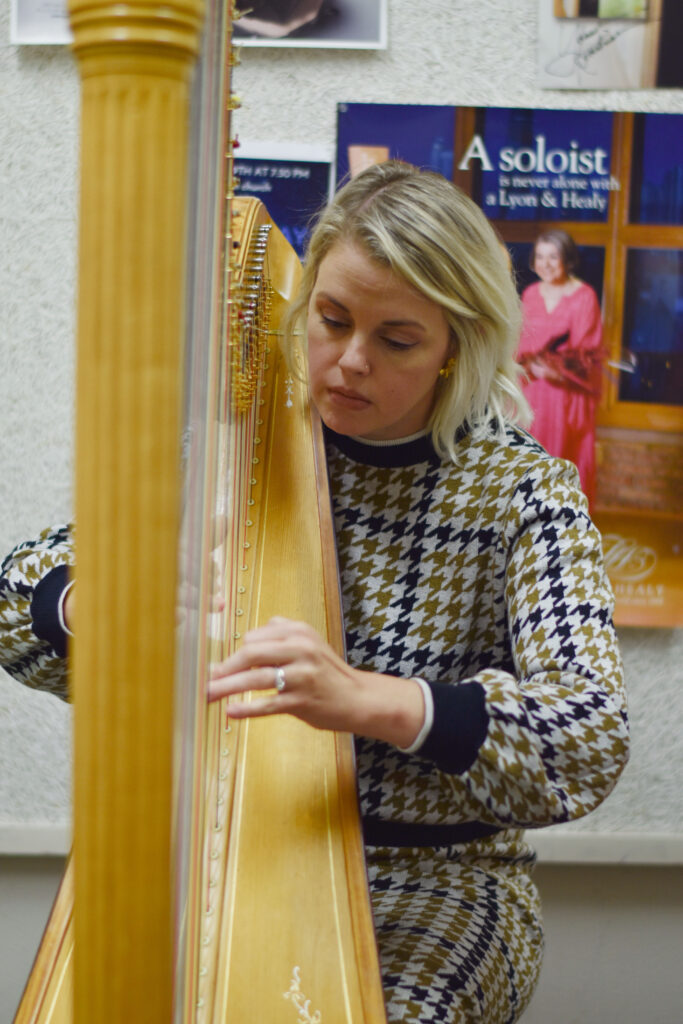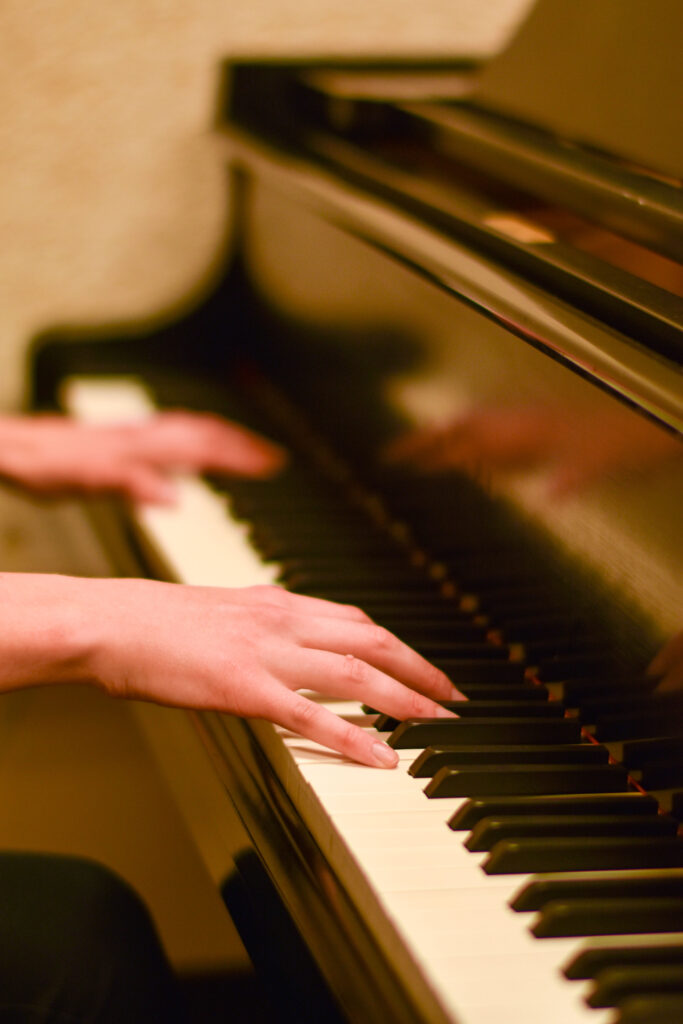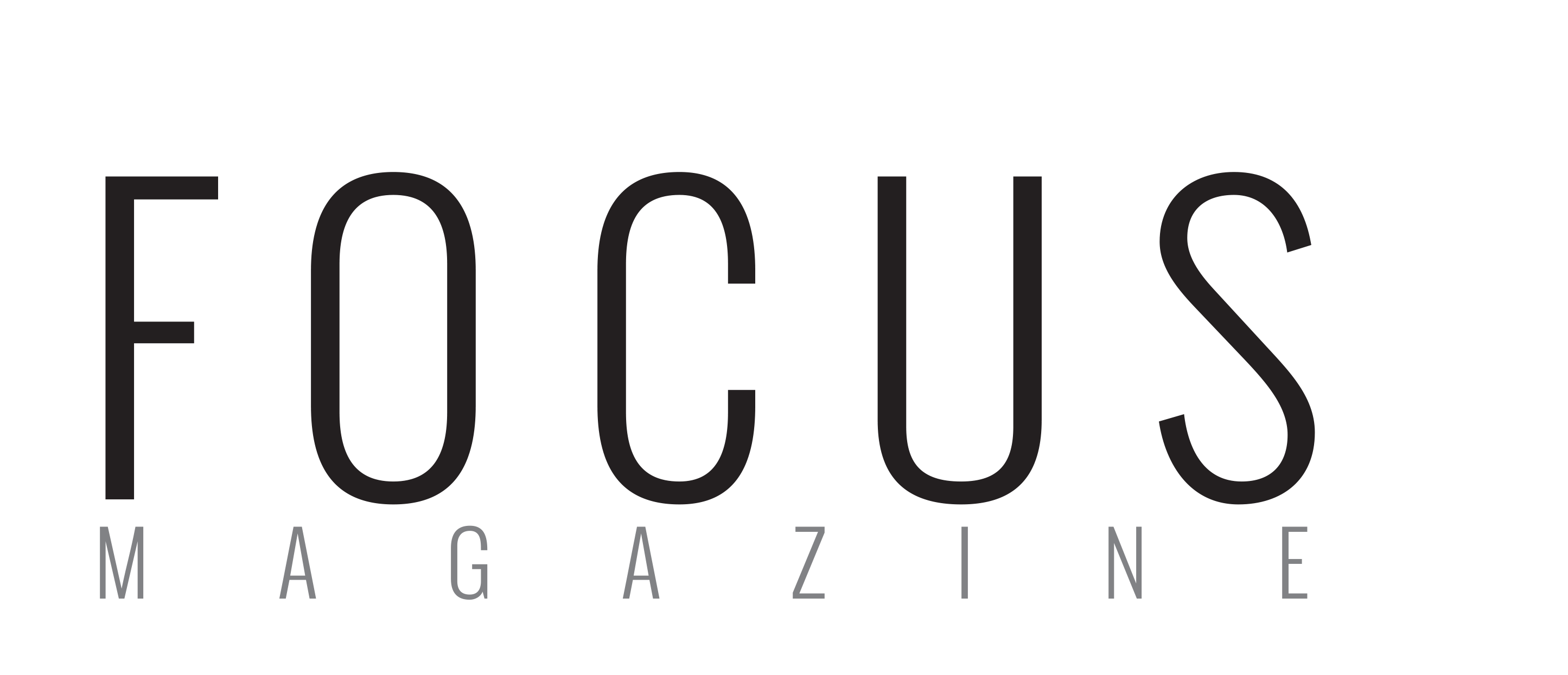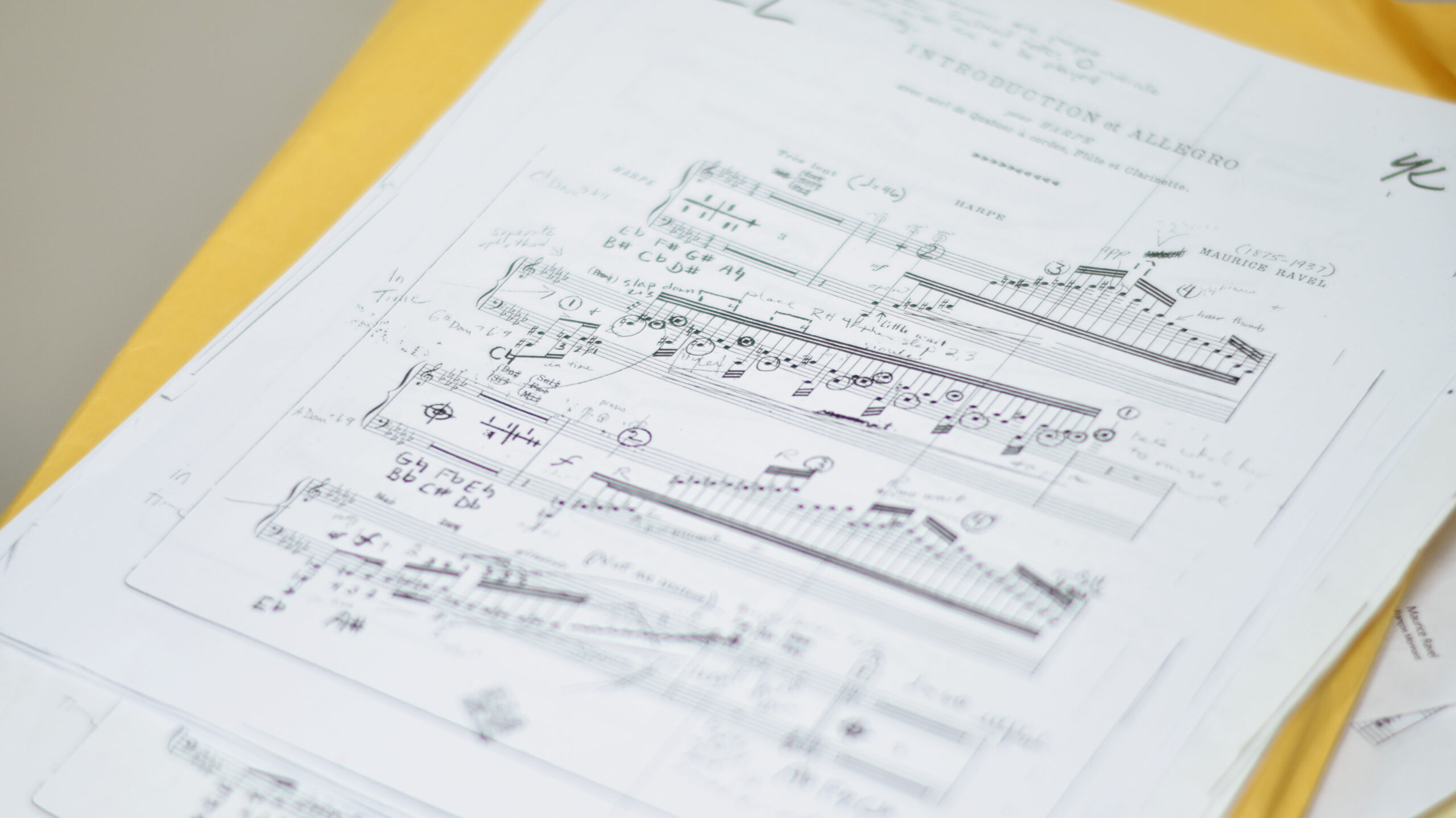METHOD TO THE MADNESS: Musicians spend hours and hours practicing music to perfect their playing and their performance, paying close attention to dynamics and notes in the margins.
It Takes the Human Touch
Years of mastering an instrument can be seen through an exciting performance, but taking a glance at a musician’s hands can tell about their journey to that performance.
Story By Rachel Chiang
Photos by Elliot Dunham
In a world with increasing artificial intelligence and technology, there are just some things that simply rely on human touch. Dr. Karen Thomas, a part-time lecturer in harp at Baylor University, and Florida graduate student Krista Haglund, reveal their experiences on how the human body reacts and adapts to years of practice and the skill it takes to master the delicate instrument.
Haglund and Thomas both knew from a young age they wanted to pursue a career in music. While they did not actively seek out the harp, they both stumbled across the instrument and eventually fell in love with it.
“I just couldn’t imagine my life without harp,” Haglund said. “There was just nothing else I really loved that much and [was] really that interested in and brings me that much joy.”


Haglund compared the harp to the piano, because, like the piano, a harp contains pedals the player manipulates with their feet to change the chromatics of the strings they pluck. However, unlike keys one would press to create a sound on the piano, the strings of a harp and the sound created are dependent on how the player manipulates it.
“The real challenge with harp is figuring out how to sustain the sound and how to sustain a phrase,” Thomas said. “The way we come away from the string directly affects the sound.”
She described how short, quick movements of the fingers create a short staccato sound while digging into the string and pulling away creates a longer, sustained sound.
Due to the intricate skill required to play the instrument, it requires a lot of practice and proper technique to produce a strong tone.
“The technique is loud, slow playing for extended amounts of time, because [that’s] how you train your muscle memory,” Thomas said. “Everything is like lifting weights in a way, and so each fingertip has its own weight, and we don’t rely on any other part of our body. Now we have a support system in our shoulders and our elbows and our wrists, but the strength really comes down to the fingertips.”
Eventually, harpists will be able to gain muscle memory in their fingertips, posture, and even feet. Haglund shared how she often relies on muscle memory during her performances and when the nerves get to her. It is one of those things that even if someone has photographic memory, muscle memory is what people fall back to. While developing muscle memory from extended periods of practice is crucial to mastering the instrument, Thomas emphasized the importance of taking breaks and stretching as well.


Eventually, harpists will be able to gain muscle memory in their fingertips, posture, and even feet. Haglund shared how she often relies on muscle memory during her performances and when the nerves get to her. It is one of those things that even if someone has photographic memory, muscle memory is what people fall back to. While developing muscle memory from extended periods of practice is crucial to mastering the instrument, Thomas emphasized the importance of taking breaks and stretching as well.
“You have to take care of your body physically, and you need to be doing some type of yoga or stretching or weightlifting because that’s just as important to maintaining your physical posture at the harp,” Thomas said.
She also said how when she was younger, she would practice through pain, but now she has learned to walk away from that and intensely work for 30 to 45 minutes at a time. She encourages her students to take a 15-to-20 minute break every hour while practicing.
“The practice time for a music major never ends,” Thomas said. “I don’t think non-music majors understand that. The demand for the amount of music that has to be learned in a very short amount of time is very high, and it’s physically exhausting.”
Just like a musician may prepare a piece for a performance, once they begin performing in recitals, Thomas said they must also in turn practice how to perform at those recitals. While she agrees with Haglund that muscle memory can be crucial at times during performances, she makes note of the fact that many outside factors can hinder a musician’s ability to recall or simply perform, and these could be as simple as the humidity, the cold, or even sweaty hands. She also said that the mental capacity it takes to perform a recital is taxing, and that giving a recital becomes physically taxing because it is so mentally demanding. Despite everything, she said, sometimes you just must trust yourself and go with the flow, but only if you have done the work.
While Thomas and Haglund say they enjoy performing, teaching is a big part of their craft. A musician cannot rely on only performances to get by; learning to hustle and teach is also essential in being a musician Thomas said.
“Music is for everybody, and people should never be discouraged about trying to pick up an instrument or learn an instrument,” Thomas said. “You know it might not be their profession, but it’s just like learning another language — you’ll have a better understanding of this long tradition that’s been before us.”

Haglund said teaching feels more real as you can see people be passionate about something and experience that human connection. She said one of her favorite performances was sat a nursing home and how the nurse revealed to her that the patients rarely, if ever, had sat that quietly for so long. Haglund says as a teacher, she is able to see more of those moments happening behind the scenes at performances.
“What I care about is seeing you get excited about something, finding something your passionate about, making something creative,” Haglund said.
Haglund also adds that another way to practice other than just playing your instrument is by showing up to rehearsals and just listening. She said you can learn a lot about the music in front of you without even playing anything.
Another major factor that comes with years of playing is the formation of calluses. Thomas said calluses will form on the fingertips and it affects their playing. She emphasized the importance of proper callous and blister care to prevent injuries and to create the best sound when playing.
“Music is for everybody, and people should never be discouraged about trying to pick up an instrument or learn an instrument. You know it might not be their profession, but it’s just like learning another language — you’ll have a better understanding of this long tradition that’s been before us.”
– Dr. Karen Thomas
Thomas said that she never plays her harp after she has just been in water, whether that be in the pool or the shower, and avoids putting on lotion as it can fill into blisters and become painful. She even noted that having fingers that are too tough can affect the sound produced on the harp as it affects the way the string is being pulled. Outside of fingertips there are alternative options to playing, such as using guitar picks, fabrics such as felt, and even spoons, Thomas said. However, those alternatives can create unique and fun sounds, there is truly no item that can emulate the sound human fingers create, she said.

